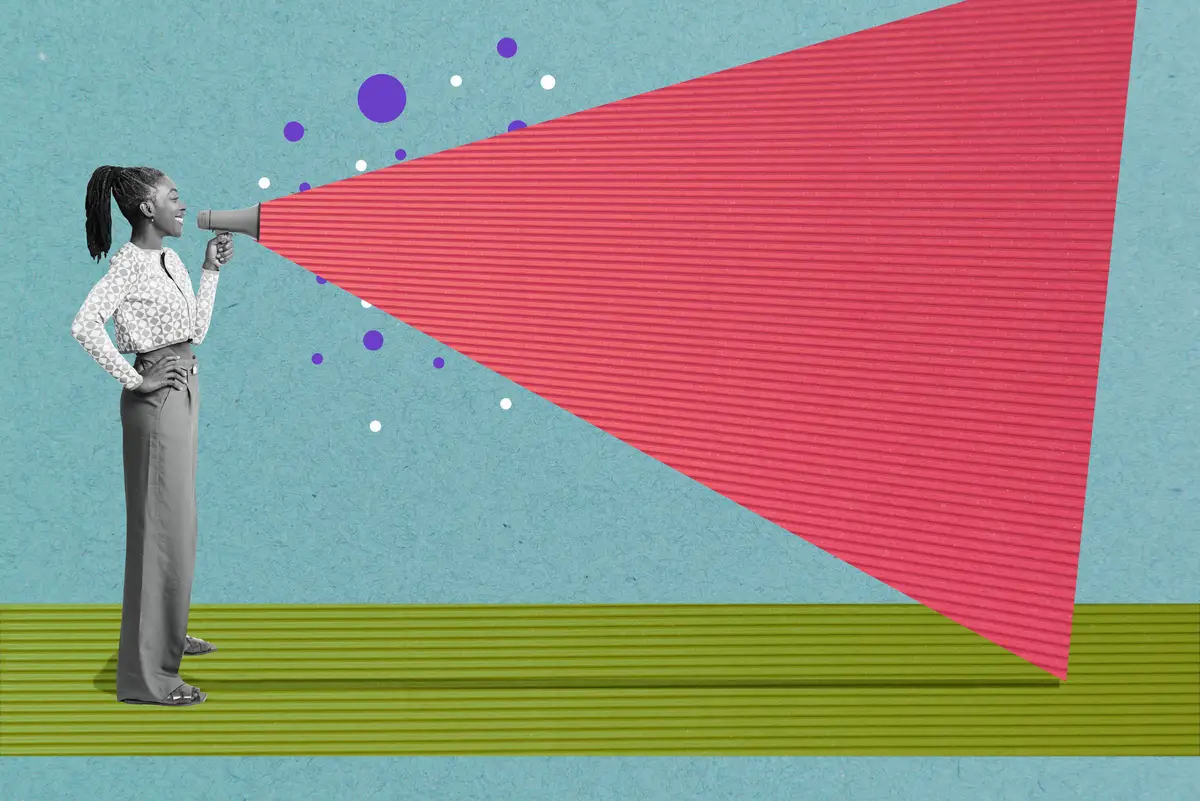The term ‘customer’ and ‘consumer’ are often used as if they were interchangeable, but there are important differences between the two.
If you’re looking for a career in hospitality management, it’s important to be aware of the differences so you can tailor your approach when it comes to customers vs consumers.
In this article, we’ll go over the main differences between customers and consumers and how this affects people working in hospitality careers.
We’ll also discuss what steps you can take to improve your knowledge of customer service and how to tailor marketing to the consumer or customer you want to engage.
What is the difference between a customer and a consumer?
The key difference is that a customer is someone who gives you their custom – that is, they buy the product or service you offer. A consumer is someone who consumes or uses that product or service.
Basically, when you are looking at customers vs consumers, you’re looking at the buyer vs the end user.
This potentially means consumers might not even interact with the company at any point other than by using the product.
Examples of a customer
Remember, the customer is the purchaser of the item or service. One type of customer could be someone who purchases a service in person, online or over the phone.
It can also be a private individual or a company, for example, an individual buying a grocery item at a shop or a fashion company buying fabric to make clothes.
Examples of a consumer
A consumer is the user of a particular item. They may or may not have bought it. For example, someone buying their lunch at a food stall and eating it is a consumer – in this way, consumer purchases are possible.
Similarly, someone attending a party and eating the catered food is a consumer, even if they did not pay for or select the catering package. Both these types of consumers need to be considered.
Clients and customers

As well as learning about consumers vs customers, it’s also worth noting the difference between clients and customers.
Clients are often customers, in that they purchase goods or services from you, but clients tend to have a longer-term relationship with the company.
For example, clients might have a long-running project with your company or regularly use your services.
Can a person be a customer without being a consumer or vice versa?
Absolutely. As we’ve mentioned, people can buy a product or service on behalf of someone else. This would make them a customer without being a consumer.
This happens at all levels, from people buying gifts for friends to companies buying services for their clients. Plenty of people are also consumers without being customers, using products or services someone else purchased for them.
Understanding customers and consumers in hospitality
If you work in the hospitality sector, for example in hotel management, then your customers are the people who spend money with you, whether that’s buying a meal in the hotel restaurant, booking rooms or arranging a special event in the venue.
Your consumers are the end users. For example, when families travel, the children are not usually customers, but they will be consumers. Special events such as weddings will usually have only a handful of customers but many consumers.
Roles and interactions: customers and businesses
Customers and consumers both have a big impact on businesses. Customers are the people who hand over money, which is of course how businesses become profitable.
It’s important to maximize the number of customers and improve customer success.
However, customers tend to be led by consumers. As consumers are the ones who use the product or service, customers will often take a consumer’s preference into account for their buying decisions.
Think of any time someone has asked you to pick up a food item for them – they, as the consumer, will often specify a brand preference which you, as the customer, will act on.
This means it’s important for a brand or business to appeal to both the consumer and the customer. Get a loyal consumer and you will create a loyal customer.
Consumption and consumer behavior
As mentioned above, consumers often guide a customer’s buying habits. It’s important to make sure you track consumer preferences and habits to make sure you appeal to your target audience correctly.
This often requires research into your consumer behavior. In many cases, especially in the hospitality industry, the customer and the consumer are the same person, but this is not always the case.
This means surveys or feedback need to be categorized depending on whether the customer is a consumer or not.
Examining the customer and consumer perspective
If you’re looking at a career in hospitality, restaurant, or resort management, it’s vital to understand the perspective of consumers and customers.
Customer needs and wants
The main factors that influence customer behavior are their needs and wants. This means products or services need to meet their requirements in terms of pricing, availability, perception, basic values, and preferences.
To successfully understand your consumers and customers, you need to learn what they consider important.
Customer segmentation and targeting
Customer segmentation refers to identifying possible markets based on information such as demographics, location, lifestyle, and other factors. While not all customers will fall into the expected segment, if you can highlight key audiences and use marketing targeted to them, you can improve customer acquisition.
You need to understand your key customer segment as well as your key consumer segment since both can have different perspectives.
Consumer and customer satisfaction and loyalty
Satisfaction will look different to customers and consumers. If you only do customer satisfaction surveys, you will get plenty of customer feedback, but you might miss out on feedback from consumers.
On the other hand, customer loyalty programs are important because customers will interact directly with the company while consumers might not – so consumer loyalty programs may have less effect.
Integrating customer and consumer perspectives
Once you have discovered consumers’ and customers’ perspectives, you can look at building this into your business plan. Both need to be given equal weight.
Remember, while customers are the ones who help you make profit, they are led by consumers and every valuable customer will still want to make sure they are making the right purchasing decision.
What are some effective marketing approaches to reach customers and consumers?

Now we’ve gone over the differences between a consumer and a customer, it’s worth looking at how you can improve your marketing to boost customer lifetime value and improve customer retention. Here are some of the main things to consider:
- Customer Relationship Management (CRM): CRM is all about having a process for how everyone in your hospitality venue interacts with customers. This can help standardize the customer journey to ensure excellent service for all customers
- Omni-channel marketing and customer experience: this involves making sure your marketing and your customer experience are consistent across all the channels you use, effectively treating them as one channel. This is important so both consumers and customers have the same positive impression of the business. You need to avoid customers having a negative experience despite positive marketing to consumers, as this can lose sales to your competition
- Creating value for customers and consumers: you have to ensure both customers and consumers find value in their interactions. For consumers, this usually means supplying a quality service or product. For customers, you’ll also want to focus on the purchasing experience. You can do this by balancing supply against demand and helping your customer save time while purchasing from you. For example, part of customer service in restaurants is making sure you have an efficient booking system. Otherwise, no matter how good the consumer finds the food, the customer might be unimpressed
- Building long-term relationships with customers and consumers: avoiding customer churn is vital. Encourage customer loyalty by making sure your customer service is high quality. With many other competitors in the market, long-term relationships are important
- Consumer branding: since your consumers might not always deal directly with you, it’s important to work on consumer branding. This means building a personal connection with everyone who uses your services
Learning how to handle customers and consumers
If you want to learn how to better analyze and approach customers and consumers in the hospitality industry, a formal hospitality qualification from a hotel management school can give you the skills and knowledge you need.
Be sure to choose a course where you can take advantage of a hospitality internship, as this hands-on experience is vital when learning the differences in approaching customers and consumers.
Our BBS in Global Hospitality Management includes two internships and five specializations to give you the skills and contacts for success.

Conclusion
Consumers and customers are often put in the same category, but there are important differences. Customers are the people who buy a service or product from you, while consumers are the end users.
It’s vital to recognize the difference and to know which you are trying to engage at any point. Both are essential for a successful hospitality venue.
If you want to finesse how to market to consumers and customers, you can study for a degree in hospitality and get expert guidance on hospitality marketing as well as other aspects of running a hospitality business.
Photo credits
Main image: FilippoBacci/E+ via Getty Images




